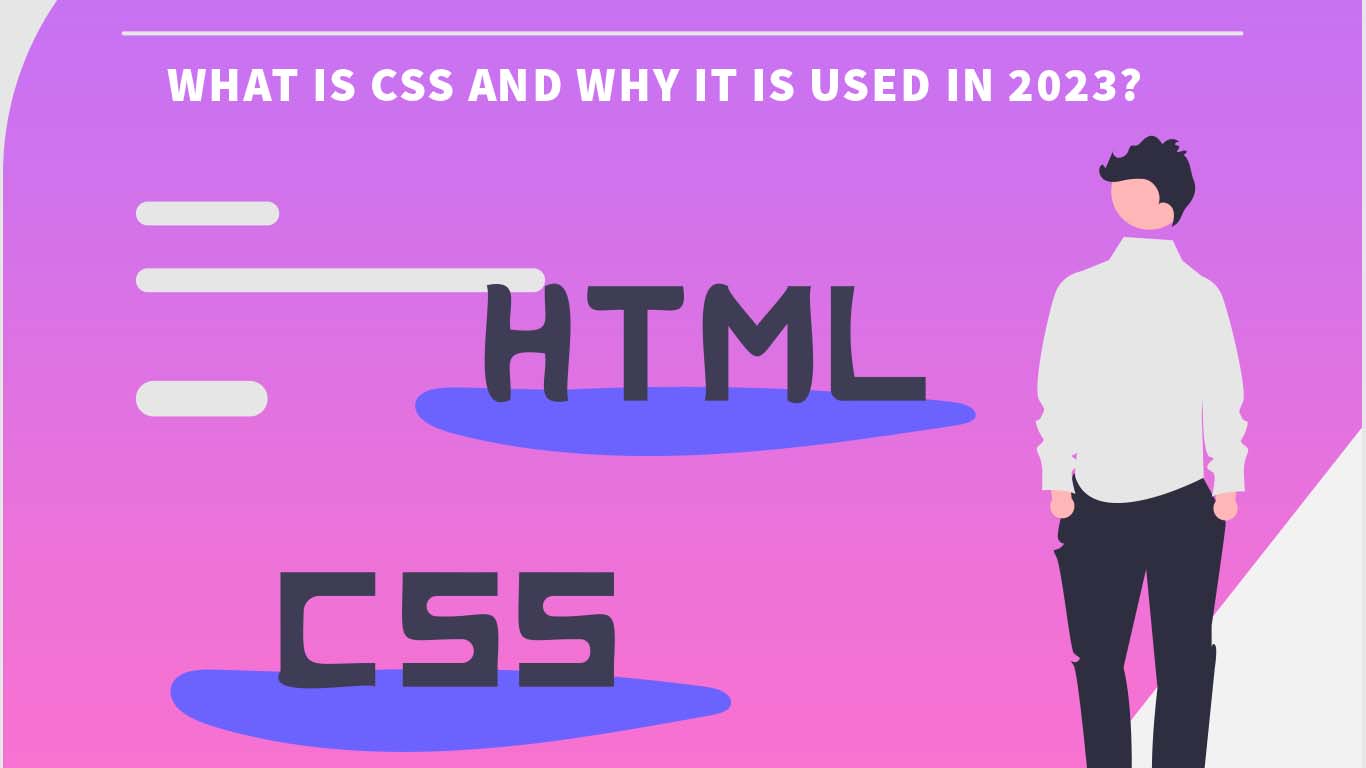CSS Introduction
CSS, or Cascading Style Sheets, is an essential component of modern web design. It is a markup language that is used to style and format the appearance of web pages, and it works in conjunction with HTML and JavaScript to create dynamic, interactive websites. In this article, we’ll take a closer look at CSS, how it works, and why it is such an important part of web design.
What is CSS?
CSS is a styling language that is used to define the visual appearance of web pages. It was first developed in the mid-1990s, and has since become a standard tool for web designers and developers. CSS works by separating the content of a web page from its presentation, which allows designers to create visually appealing websites without compromising the accessibility or functionality of the content.
How Does CSS Work?
CSS works by using a series of rules and declarations to define the style of HTML elements. These rules can be applied to individual elements or to groups of elements, and they can be used to change the appearance of text, images, backgrounds, and other design elements on a web page.
CSS uses a cascading system, which means that rules that are defined later in a style sheet will override rules that are defined earlier. This allows designers to create complex, layered styles that can be applied to different parts of a web page.
CSS also supports a wide range of selectors, which are used to target specific elements on a web page. For example, a selector might be used to target all headings on a page, or all elements with a specific class or ID.
Why is CSS Important for Web Design?
CSS is an important tool for web design for several reasons. First, it allows designers to create visually appealing websites that are easy to navigate and use. By separating the content of a web page from its presentation, designers can focus on creating clean, well-organized layouts that are optimized for usability.
CSS also allows designers to create responsive web designs that adapt to different screen sizes and devices. This is essential in today’s mobile-first world, where more and more people are accessing the web on smartphones and tablets.
In addition, CSS can be used to create accessible web designs that are optimized for users with disabilities. By using appropriate styles and techniques, designers can create websites that are easy to navigate and use for people with visual or motor impairments.
Finally, CSS is an essential tool for search engine optimization (SEO). By using appropriate styles and techniques, designers can ensure that their web pages are optimized for search engines, which can help to improve their visibility and ranking in search results.
Tips for Using CSS in Web Design
If you’re new to web design, or if you’re looking to improve your CSS skills, here are a few tips to keep in mind:
- Keep it simple: CSS can be a powerful tool, but it’s important not to get carried away with too many styles and effects. Focus on creating clean, well-organized layouts that are optimized for usability.
- Use responsive design: Make sure that your web designs are optimized for different screen sizes and devices. This will help to ensure that your website is accessible and user-friendly for all users.
- Follow best practices: Use appropriate styles and techniques to create accessible and SEO-friendly web designs. This will help to ensure that your website is optimized for all users, including those with disabilities.
- Keep learning: CSS is a constantly evolving language, and there are always new techniques and best practices to learn. Stay up-to-date with the latest trends and techniques by reading blogs, attending conferences, and networking with other web designers.
Conclusion
CSS is an essential component of modern web design. By separating the content of a web page from its presentation, CSS allows designers to create visually appealing, user-friendly websites that are optimized for accessibility and SEO.


